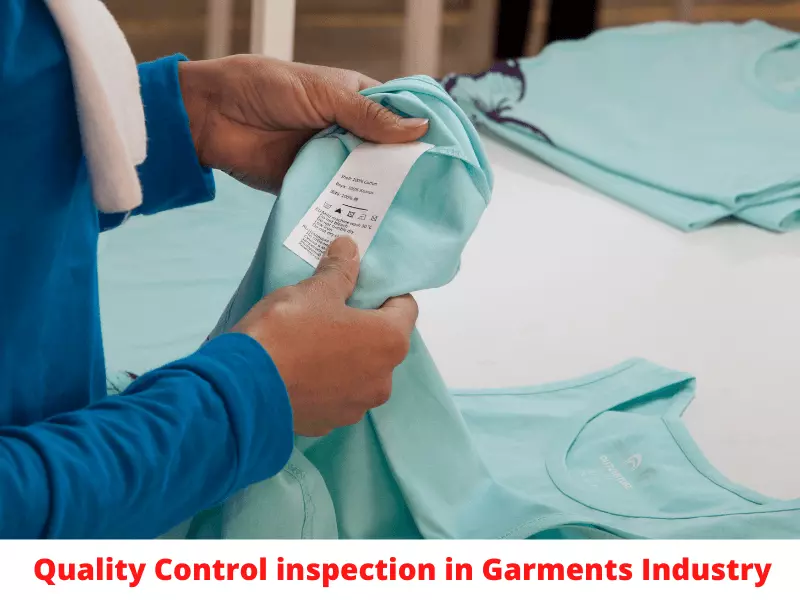What is Fusing Process in the Garments?
Fusing is a process in the garments industry where fusing material (Fusible interlining cloth) attaches to the fabric by heat and pressure. The heat and pressure make bonding between fabric and interlining. Interlining is a thermoplastic adhesive resin. It actually a joining process of fabric and fusing fabric in an alternative way of joining two parts apart from sewing. The conveyor belt pulls the fabric and interlining to press by heat in the machine. This process makes a strong bonding. The fusing process reinforces the fabric’s strength, thick shape, and stability in some particular areas of garments. Generally, fusible interlining used a shirt pocket flap, box placket, waistband, and a few other processes. Nowadays fusing is used in any type of garment. This article is about the Fusing Process of Quality inspection in the Garments Industry.

Fusing Process quality inspection
In order to get the proper result and controlling in the fusing process there is a quality inspection. The quality inspection functions are checking, machine calibration, and maintaining documentation. Here is the list of functions of the Fusing Process quality inspection:
- Safety Procedure
- Supplier Datasheet collection
- Machine Calibration
- Machine Cleaning
- Bonding Strength
- Appearance
- Related Documents
1. Safety Procedure
Fusing is a process done at very high temperatures. Machine operators must put on hand gloves before starting work. Care must be taken not to reach inside the roller.
2. Supplier Datasheet collection
Before starting the work, the machine should be adjusted according to the supplier technical datasheet from the fusing supplier.
3. Machine Calibration
30 minutes before starting the work, the machine should be turned on and the machine should be set at the specified temperature. Machine calibration should be done twice daily. Check the temperature with thermal paper and check for equal pressure everywhere with carbon paper. Also, the checkpoints of the machine are:
a) 7*17 cm cloth and lining shall be cut on one side and machined with thermal paper as per temperature requirement (L-M-R).
b) Checking temperature as per data sheet.
c) Whether the pressure is uniform everywhere with carbon paper.
d) Whether the pressure is correct with the bonding strength.
e) Speed should be checked as per the data sheet.
4. Machine Cleaning
During fusing care should be taken so that no excess fusing is passed through the machine and during fusing it should be checked that the belt is not dirty in any way. If it is dirty, clean it and then run the machine.
5. Bonding Strength Check
After fusing, the bonding strength should be checked with a machine. Check twice before wash and after washing if the strength is correct as per the datasheet/requirement and keep the record. This is the major part of the fusing Process Quality inspection.
6. Appearance Check
After fusing, check whether the appearance is correct. For example: whether the color has changed, whether the fusing has come out due to over-fusing etc.
7. Related Documentation
Fusing strength data is important, it requires in Technical Audits. The bonding strength must meet with requirements.


